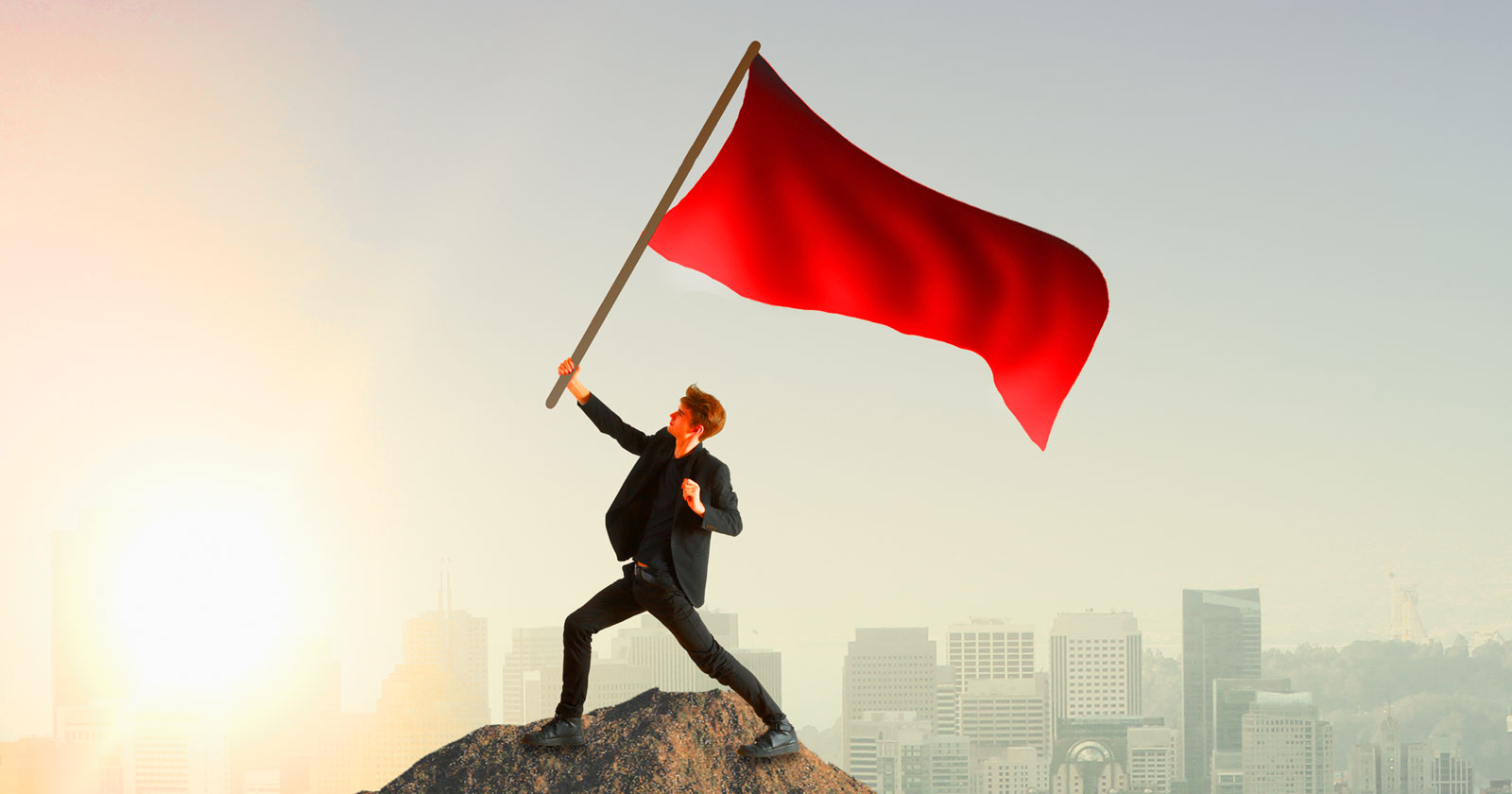Why You Should Video Your Lifts (and How to Do It Respectfully at the Gym)
Filming yourself in the gym is a valuable training tool.

We may earn a commission from links on this page.

Credit: Sam Sabourin - Shutterstock
I used to feel awkward and self conscious pointing a camera at myself at the gym. My thoughts went something like: I’m no selfie-obsessed influencer. What are people thinking of me? But I’ve had a change of heart: I now whip out my pocket-sized tripod to video myself at least once every workout, and my lifts are better for it.
If you lift at a gym, you've probably noticed people are filming their lifts more often these days. While some of them may be obnoxious TikTokers (and we'll talk about etiquette below), there are lots of good reasons to want to document what you're doing on video. You can evaluate your effort and technique, share the videos with a coach, or use the videos as a way of sharing your training with friends and internet gym buddies.
The benefits of taking video of your lifts
Before we get into how, let's talk about why. There are very good reasons to film yourself lifting.
Checking your form
If I'm working out alone, I video because I’m seeking some of the feedback I would otherwise get from an in-person coach. But even when my coach is right there, I still take video of my heaviest or most important lifts of the day. I can match the feedback he gives me (good or bad) to what I see in the video. I also have a record of the day's lifts that I'll be able to look back on later.
Better feedback than a mirror
It's also good to learn to use video for technique adjustments rather than looking in a mirror. While a mirror is fine for, say, bicep curls or lateral raises, you'll want to learn to lift without one if you have any interest in powerlifting, weightlifting, or crossfit (and those gyms almost never have mirrors.) Twisting your head to look at yourself can mess up your body position, and paying attention to how you look in the mirror can interrupt your focus. Not to mention, your perspective in a mirror changes as your body moves. You're not actually getting an accurate view of your squat depth with a mirror, but a good video will tell you the truth.
Gauging effort
A video also helps you gauge how you’re really feeling. Time slows down when you’re struggling: if a pullup takes more than a split second, it feels like hours. I pull, I struggle, I move barely a millimeter. Sometimes I’ll give up, or nearly give up, because it feels like I just can’t possibly complete the move. But then I’ll look at the video and see that my perceived hours of struggle were just a momentary slowdown on a rep that ends up being totally solid.
Even for something as subjective as RPE (rating your “perceived exertion”), video helps. I remember, years ago, getting feedback from my online coaches that my “RPE 8” deadlifts looked too easy. So I looked at other people’s RPE 8 deadlifts, and there was a clear difference in effort. Comparing my videos to theirs helped me dial in the effort level I was really going for.
How to take a good lifting video
Whether the videos are for you, for your coach, or just to show off for the ’gram, they’ll be most useful if you can get a good view of yourself.
Use a tripod
Propping your phone up on your water bottle may work in a pinch, but you can’t actually see much from a badly distorted video taken from a worm’s-eye view. (If there's a bench or chair available, put your phone and water bottle on that.) A selfie stick tripod like this one is ideal: it extends to about waist height and can stand by itself on the gym floor. It also collapses small enough to fit in your gym bag or even your sweatshirt pocket.
Shoot at a 3/4 angle
It’s tempting to take video from the side or from directly in front of you, but crucial information will be missing. A side view of your squat might show whether your thighs go parallel to the floor, but it won’t show whether your knees are caving in. For most lifts, a 3/4 view—not exactly from the side or the front, but somewhere in between—will give the most useful information.
For similar reasons, you’ll want to get your entire body in the frame. Especially if you’re showing your video to a coach or friend for a form check, they’ll want to see everything that might affect your lift—including, for example, your feet.
Check the lighting and position before you start
I use the forward-facing camera so that as soon as I step into frame, I can glance over and see that I’ve set everything up correctly. If there's a window behind you and you're backlit, or if you’re halfway off camera, fix it before you start your lift.
But once you begin, ignore the camera. Do your lift as you normally would—look in the mirror only if that’s what you always do—and then don’t look at the camera again until after you complete the lift.
Trim your dang videos
Nobody wants to watch 30 seconds of you adjusting the camera and psyching yourself up for your lift. Even if the video is just for yourself, you probably don’t want to watch that either.
You need to take a few minutes’ rest between sets anyway, so use that time to trim your videos. On iPhone, just begin watching the video, hit pause, and then hit Edit. You can trim the start and end of the video right from that screen, and then choose whether to overwrite the original file or save the trimmed version as its own copy. (Choose the new file if you think you might want to refer to your setup later; otherwise, trimming the original is fine.)
Gym etiquette when taking video
First, the big question: Yes, it is OK to film your lifts in a gym (unless the gym has a rule specifically forbidding it, of course). And no, people won't think you're weird—as long as you make sure to do so politely and respectfully. Here's how.
Keep others out of frame
As much as possible, position your camera so that other people aren't in the video (or at least not their faces). You definitely shouldn't post a video publicly with other people in it, but even if the video is for your private use, people may notice that they're on camera and feel weird about it.
Stay out of the way
Don't place your tripod in a busy walkway, or anywhere else you'd be getting in others' way. If you want to use an unoccupied bench to prop up your phone, that's OK—for a moment. Don't leave it there for your whole workout. And consider, again, using a tripod: A phone on the ground is a lot easier to miss, and accidentally trip over, than a tripod that's pretty obviously in somebody's walking path.
Using the gym takes precedence over filming
We've all seen those TikToks where somebody gets mad at a passer-by for walking into the frame. I'm convinced that most of those videos are faked (outrage gets engagement), but obviously you do not want to be that person. Working out in a space takes precedence over using your camera there. That said, if the place is busy, just communicate like a normal human being. I train at a gym where people commonly film themselves, and everybody is very friendly about making space for each other. Someone might even offer to share their tripod.

 JimMin
JimMin 


































